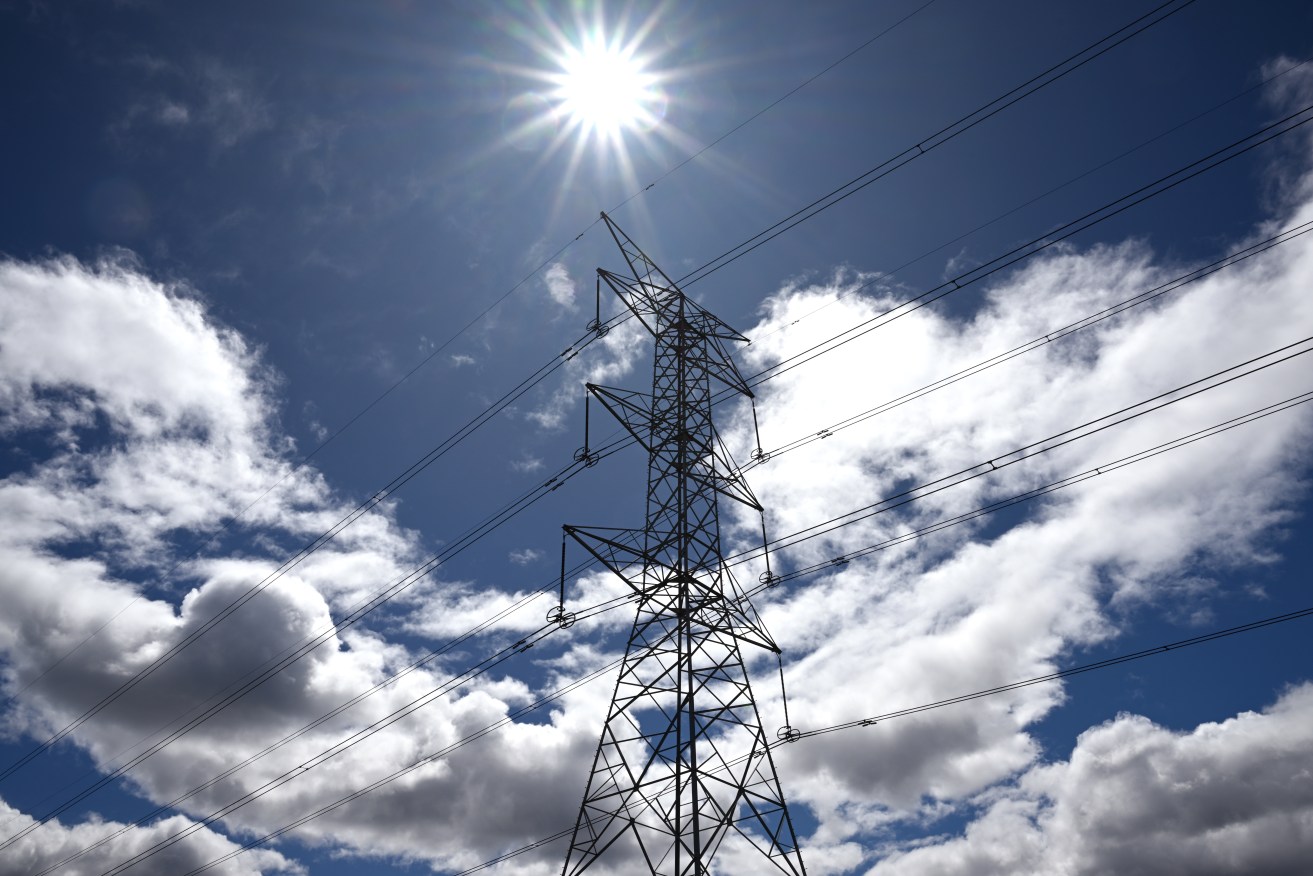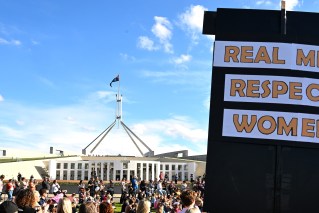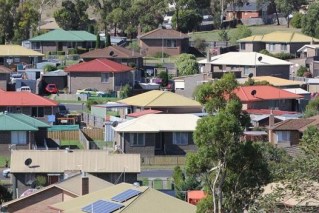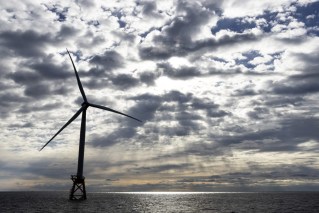Power drunk, or just drunk? Regulator says energy bills will soar 30 per cent this year
Queensland households will face steep electricity price hikes in the coming months with regional residents facing hikes of almost 30 per cent with the explosion at one power station and an outage at another partly to blame.


Energy prices have spiked but not with the severity of previous seasonal rises. (AAP Image/Dan Himbrechts)
But Premier Annastacia Palaszczuk said her Government would deliver electricity rebates of at least $175 later this year. The Federal Government was also expected to hand out a rebate in the May Budget and the premier said this would determine how much the State Government would distribute.
But she promised that they will be bigger than the $175 offered in the current financial year.
Her promise followed a draft ruling from the Australian Energy Regulator which indicated south east Queensland’s electricity prices would increase by as much as 20 per cent by mid-year. In tandem, the Queensland Competition Authority released its draft recommendations for regional Queensland.
The draft prices for the regions would result in a 28.9 per cent increase in the annual bill for a typical residential customer (on tariff 11) and a 26.1 increase for the typical small business customer (on tariff 20).
The annual bill for a typical residential customer is forecast to increase by $432, from $1496 to $1928. For the typical small business customer, the annual bill is forecast to increase by $497, from $1907 to $2404.
“The strength of our economy provides Queensland with the budget capacity to support Queenslanders with the cost of living,” Palaszczuk told parliament on Wednesday.
“Today I can confirm that our government will be delivering another rebate on household power bills next financial year.
“We are committed to providing more support to households to help with the impacts of global inflation.”
Queensland Conservation Council energy strategist Clare Silcock said Queensland has had the highest wholesale power prices in the National Electricity Market since the explosion of Callide C4 in May 2021 and this was flowing through to consumers, with this second annual increase in electricity prices.
The QCA backed up the claim saying the explosion along with the outage at Kogan Creek had placed upward pressure on wholesale energy prices and were important determinants of Queensland retailers’ energy costs.
The increases follow 10 interest rate increases and an 18 per cent increase last year to what is known as the default market offer (DMO), the highest that can be charged by a electricity retailer and used as a benchmark for all other billing levels.
In south east Queensland, about 156,000 customers are on the DMO and the regulator said they could save significant amounts by shopping around.
Some parts of Australia would see the DMO rise by 25 per cent, but the regulator indicated that could be much higher had the Federal Government not intervened by putting a cap on coal and gas prices.
It said other factors that had led to the increase was the impending closure of the Liddell power station in NSW next month.
Small business customers would see an increase of between 14.7 per cent and 25.4 per cent, depending on their region.
The AER said since it last increased prices, the energy market had faced unprecedented supply challenges and volatility.
The cost of generating electricity accounts for around 30 to 40 per cent of the total DMO price and it was the largest driver of increases in the DMO in 2023–24.
It said there had also been unprecedented supply challenges and volatility.
QCA chair Professor Flavio Menezes acknowledged that the expected increases could place additional pressure on households and businesses that were already facing cost of living challenges.
“I strongly encourage customers facing hardship to contact their retailer to discuss support measures that may be available to them. There are a range of government concessions, rebates and other forms of assistance available,” he said.
Professor Menezes said it was likely prices would change in the final determination, based on feedback from stakeholders and updated data.
AER chair Clare Savage said that careful consideration had been given to ensuring the policy objectives of the DMO were being met, in particular, protecting consumers from unjustifiably high prices.
“We know many households and businesses are already struggling with cost-of-living pressures. This is certainly a challenging environment for people to hear that further electricity price rises are on the horizon,” Savage said.
“Energy prices are not immune from the significant challenges in the global economy right now; that’s why it’s more important than ever that we strike a balance in setting the DMO to protect consumers as well as allowing retailers to continue to recover their costs and innovate.
“It’s important to understand that the DMO is not the best offer, it is a safety-net.
“We encourage consumers to shop around for the best electricity deal for your circumstances.
A final decision will be published in May, with changes to apply from 1 July 2023.
Silcock said the increases were because of the unreliability of Queensland’s coal-fired power stations.
“Callide C4’s explosion was the most dramatic failure, but it exposed underlying problems with most of our coal fired power stations,” she said.
“An average of more than 2,000 MW of coal fired power generating capacity was offline in 2022. 2023 is shaping up to be even worse, with another outage at Callide C3 late last year meaning that the entire power station is currently offline, and not expected to return to full service until January 2024.
“The sudden loss of unreliable coal-fired power stations means that we have been more exposed to the sky high gas prices since the Russian invasion of Ukraine.
“Queensland gas companies have been making record profits off Queensland consumers, and we are going to be paying the rising costs of this for at least another year. ”












